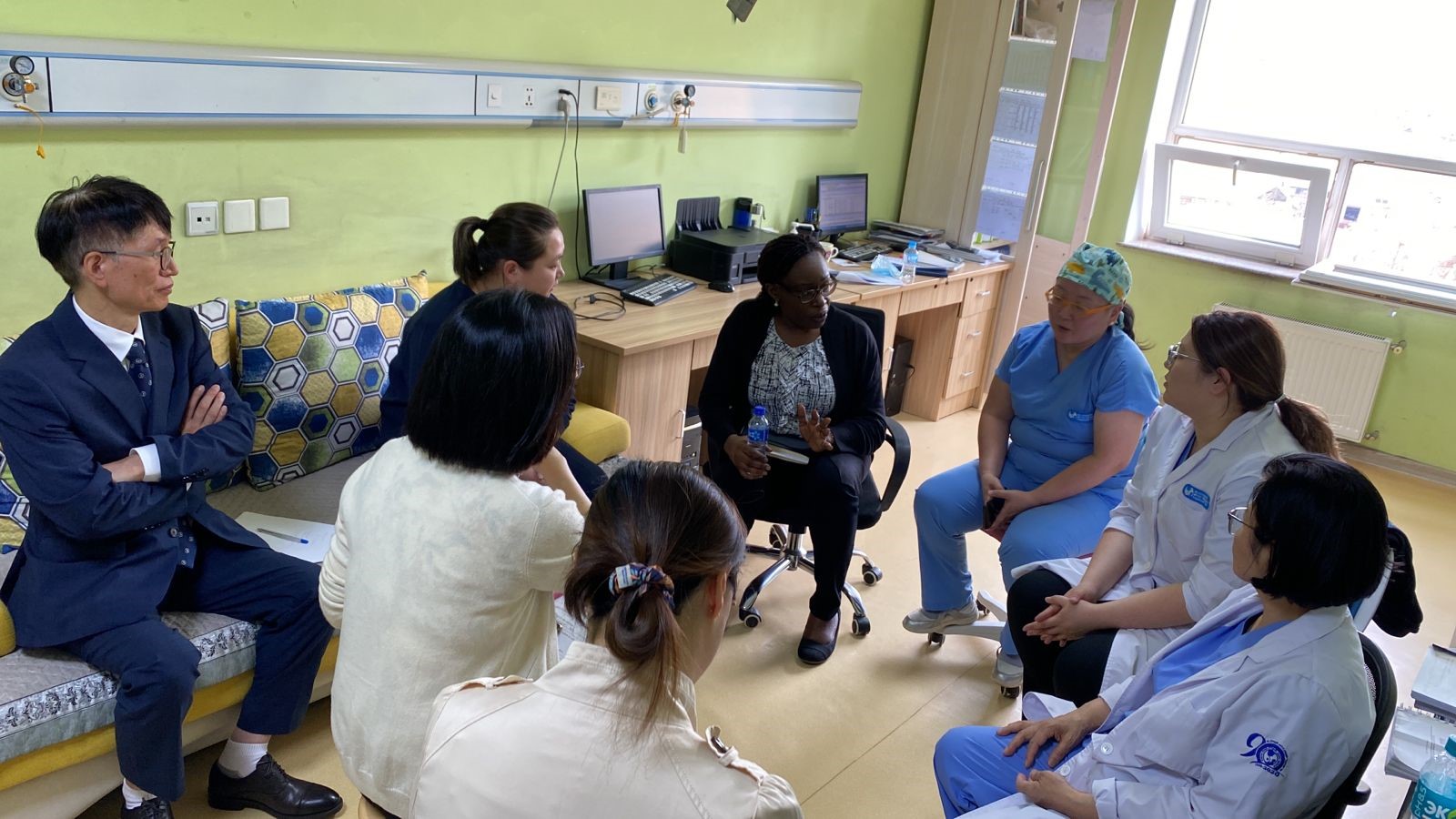Rising Cancer Concerns in Mongolia: Efforts and Initiatives
In 2022, the World Health Organization’s International Agency for Research on Cancer (WHO-IARC) Global Cancer Observatory reported a concerning statistic for Mongolia. The country saw an estimated 6,699 new cancer cases, with nearly 5,000 people succumbing to the disease within the same year. A significant portion of these cases were liver cancer, which was noted as the most prevalent type affecting both men and women. This alarming scenario highlights the urgent need for increased awareness, effective screening, and early detection strategies to curb the rising mortality rates from cancer.
The imPACT Assessment: A Strategic Move for Cancer Control
In response to the growing cancer burden, the Mongolian government has taken proactive measures to enhance cancer control within the country. Socorro Escalante, the WHO Representative to Mongolia, emphasized the importance of the imPACT assessment—a comprehensive evaluation aimed at identifying and strengthening health system capacities. This assessment is expected to play a vital role in shaping the future of cancer management in Mongolia. It focuses on several critical areas, including the development of skilled healthcare professionals, early access to quality diagnostics and treatment, the adoption of scientific innovations, and improving the overall quality of life for patients and their families dealing with cancer.
Expanding Expertise Through International Collaborations
The Mongolian government is committed to bolstering its healthcare workforce through strategic international partnerships. In a significant move, Mongolia signed a triangular cooperation agreement in September 2023 with the Korea Institute of Radiological and Medical Sciences (KIRAMS) and the International Atomic Energy Agency (IAEA). This collaboration aims to strengthen Mongolia’s capacity in nuclear medicine and radiation oncology. The agreement outlines the enhancement and expansion of existing radiation medicine facilities and the establishment of medical assistance protocols for radiation emergencies. Furthermore, this partnership aligns with the IAEA’s Rays of Hope initiative, which seeks to broaden access to cancer care globally.
Advancing Radiation Medicine: A Message from KIRAMS President
Jin Kyung LEE, the President of KIRAMS, expressed satisfaction with the progress made since partnering with the IAEA in 2011. KIRAMS has been actively involved in advancing radiation medicine, particularly nuclear medicine and radiation oncology, in developing countries. In Mongolia, the successful transfer of nuclear medicine technology has significantly boosted the nation’s cancer treatment capabilities. With the new trilateral cooperation agreement, KIRAMS aims to continue its impactful projects in Mongolia. Jin Kyung LEE called for ongoing support from the IAEA and related organizations to ensure that these initiatives thrive and produce meaningful results in the field of radiation medicine for Mongolia.
Mongolia’s Role in Global Cancer Initiatives
Mongolia’s commitment to improving cancer care is further demonstrated through its participation in various global initiatives. The country is a member of the Global Medicine Platform for Access to Childhood Cancer Medicines, led by St. Jude Children’s Research Hospital. This initiative provides free medications for children battling cancer. Additionally, Mongolia is actively involved in the WHO’s Cervical Cancer Elimination Initiative. This program assists governments in combating cervical cancer by offering tools for early screening, increasing awareness, and implementing vaccination policies.
Understanding the Technical Aspects: Simplifying Complex Concepts
For those unfamiliar with some of the technical terms mentioned, here is a brief explanation:
- Nuclear Medicine: This branch of medicine involves the use of radioactive substances in the diagnosis and treatment of diseases. It plays a crucial role in diagnosing various types of cancer through imaging techniques that highlight abnormalities in the body.
- Radiation Oncology: This is a medical specialty that focuses on treating cancer using radiation therapy. It involves precise targeting of cancer cells with radiation to destroy them while minimizing damage to surrounding healthy tissues.
- Radiation Emergencies: These refer to situations where there is a release of radioactive materials, either accidentally or intentionally, posing potential health risks to the public. Preparedness and response plans are essential to manage such emergencies effectively.
- Screening and Early Detection: Screening refers to the use of tests and exams to detect a disease, such as cancer, in people who do not yet have symptoms. Early detection means identifying the disease at an early stage when treatment is more likely to be successful.
The Path Forward: Building a Healthier Future
The steps taken by Mongolia, in collaboration with international partners, signify a promising path forward in addressing the cancer challenge. By focusing on enhancing human resources, expanding access to advanced diagnostic and treatment technologies, and participating in global cancer initiatives, Mongolia is making significant strides towards improving cancer care for its population. These efforts not only aim to reduce cancer mortality rates but also to enhance the quality of life for individuals and families affected by cancer. The commitment to continuous improvement and collaboration sets a positive precedent for other countries facing similar challenges.
For more detailed information, you may refer to the original source of this data at the WHO-IARC Global Cancer Observatory’s fact sheet here.
For more Information, Refer to this article.



































